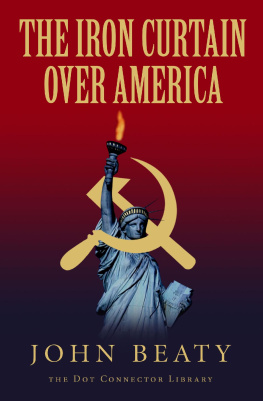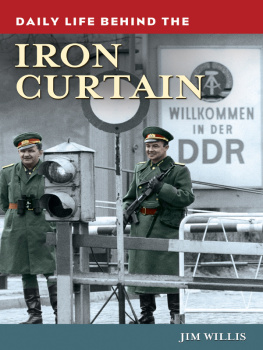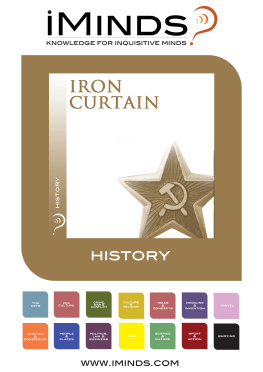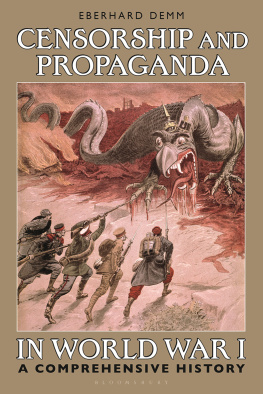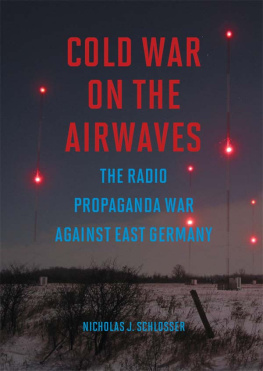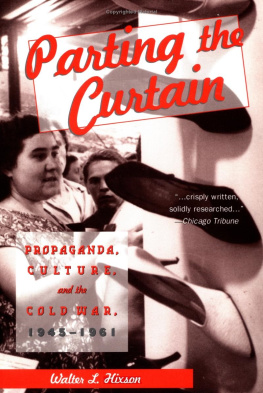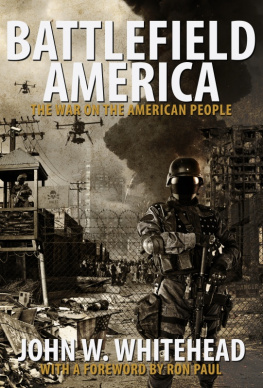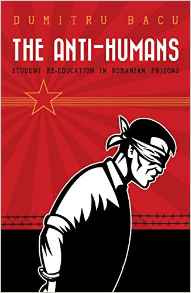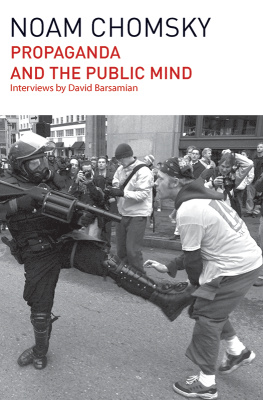The Dot Connector Library, Book 5
The Iron Curtain Over America
by John Beaty
THE IRON CURTAIN OVER AMERICA
by John Beaty
Copyright 1951 by John O. Beaty. All right reserved.
Copyright expired: December 1979
First edition: Wilkinson Publishing Company, Dallas, Texas
First printing: December, 1951. Twelfth printing: December, 1954
Reprinted in 1995 by CPA Books
This edition: October 2016
Published by Paul Bondarovski & Deuteronomy Book Publishers
under the Creative Commons Attribution License 3.0
Publishers website: www.wariscrime.com
Design, layout and cover image 2016 by Paul Bondarovski. All right reserved.
ISBN: 978-1-365-46000-5
Also read
in THE DOT CONNECTOR LIBRARY series
Book 1:
Climategate, The Marijuana Conspiracy, Project Blue Beam (2010; 2015, 2nd ed.)
Book 2:
Consensus Trance (Mind Control & Human Experiments) (2015)
Book 3:
Think Or Be Eaten by Angie Riedel (2015)
Book 4:
The Killing Games by Angie Riedel (2016)
John Owen Beaty (18901961)
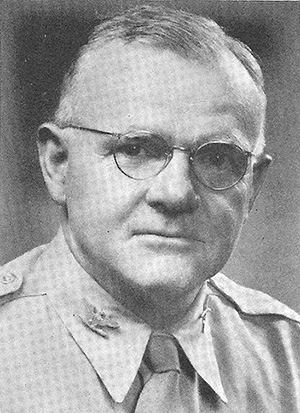
The author of The Iron Curtain Over America has written, or collaborated on, a dozen books. His texts have been used in more than seven hundred colleges and universities, and his historical novel, Swords in the Dawn, published originally in New York, had London and Australian editions, and was adopted for state-wide use in the public schools of Texas. His education (M.A., University of Virginia; Ph.D., Columbia University; post-graduate study, University of Montpellier, France), his travel in Europe and Asia, and his five years with the Military Intelligence Service in World War II rounded out the background for the reading and research (19461951), which resulted in The Iron Curtain Over America.
To the mighty company of American soldiers, sailors, airmen, and marines
whose graves are marked by white crosses far from home
this book is dedicated
with the solemn pledge that the Christian civilization
of which they were the finest flower shall not die.
To the Reader
Many authors of books on the current world scene have been White House confidants, commanders of armies, and others whose authority is indicated by their official or military titles. Such authors need no introduction to the public. A prospective reader is entitled, however, to know something of the background and experience of an unknown or little-known writer who is offering a comprehensive volume on a great and important subject.
In the spring of 1926, the author was selected by the Albert Kahn Foundation to investigate and report on world affairs. Introduced by preliminary correspondence and provided with numerous letters of introduction to persons prominent in government, politics, and education, he gained something more than a tourists reaction to the culture and institutions, the movements and the pressures in the twenty-nine countries which he visited. In several countries, including great powers, he found conditions and attitudes significantly different from the conception of them which prevailed in the United States. Though previously successful in disposing of his writings, he was unable, however, to get his observations on the world situation published, except as the Annual Report of the Foundation and in his friendly home state of Texas in the Dallas Morning News, of which he was a special foreign correspondent, and in the Southwest Review, in whose files his Race and Population, Their Relation to World Peace can still be seen as a virtual prognosis of the oncoming war.
After his return to America in the autumn of 1927, the author kept abreast of world attitudes by correspondence with many of the friends he had made in his travels and by reading French, German, and Italian news periodicals, as well as certain English language periodicals emanating from Asia. World trends continued to run counter to what the American people were allowed to know, and a form of virtual censorship blacked out efforts at imparting information. For instance, though the authors textbooks continued to sell well and though his novel Swords in the Dawn (1937) was favorably received, his book Image of Life (Thomas Nelson and Sons, 1940), which attempted to show Americans the grave world-wide significance of the degradation of their cultural standards, was granted, as far as he knows, not a single comment in a book review or a book column in New York. Indeed, the book review periodical with the best reputation for full coverage failed to list Image of Life even under Books Received.
In 1940 as our President was feverishly and secretly preparing to enter World War II and publicly denying any such purpose the author, a reserve captain, was alerted, and in 1941 was called to active duty in the Military Intelligence Service of the War Department General Staff. His first assignment was to write, or help write, short pamphlets on military subjects, studies of several campaigns including those in Western Europe and Norway, and three bulletins on the frustration of an enemys attempts at sabotage and subversion.
In 1942, the author became a major and Chief of the Historical Section (not the later Historical Branch of the War Department Special Staff). In his new capacity, he supervised a group of experts who prepared a current history of events in the various strategically important areas of the world. Also, he was one of the two editors of the daily secret G-2 Report, which was issued each noon to give persons in high places, including the White House, the world picture as it existed four hours earlier. While Chief of the Historical Section, the author wrote three widely circulated studies of certain phases of the German-Russian campaign.
In 1943 during which year he was also detailed to the General Staff Corps and promoted to lieutenant colonel the author was made Chief of the Interview Section. In the next three years he interviewed more than two thousand persons, most of whom were returning from some high mission, some delicate assignment, or some deed of valor often in a little-known region of the world. Those interviewed included military personnel in rank from private first class to four stars, diplomatic officials from vice-consuls to ambassadors and special representatives of the President, senators and congressmen returning from overseas investigations, missionaries, explorers, businessmen, refugees, and journalists among the latter, Raymond Clapper and Ernie Pyle, who were interviewed between their next to the last and their last and fatal voyages. These significant people were presented sometimes individually, but usually to assembled groups of officers and other experts from the various branches of G-2, from other General Staff divisions, from each of the technical services, and from other components interested in vital information which could be had by interview perhaps six weeks before being received in channelled reports. In some cases the author increased his knowledge of a given area or topic by consulting documents suggested during an interview. Thus, from those he interviewed, from those specialists for whom he arranged the interviews, and from study in which he had expert guidance, he had a unique opportunity for learning the history, resources, ideologies, capabilities, and intentions of the great foreign powers. In its most essential aspects, the picture was terrifyingly different from the picture presented by our government to the American people!
After the active phase of the war was over, the author was offered three separate opportunities of further service with the army all of them interesting, all of them flattering. He wished, however, to return to his home and his university and to prepare himself for trying again to give the American people the world story as he had come to know it; consequently, after being advanced to the rank of colonel, he reverted to inactive status, upon his own request, in December, 1946. Twice thereafter he was recalled for a summer of active duty: in 1947 he wrote a short history of the Military Intelligence Service, and in 1949 he prepared for the Army Field Forces an annotated reading list for officers in the Military Intelligence Reserve.
Next page
